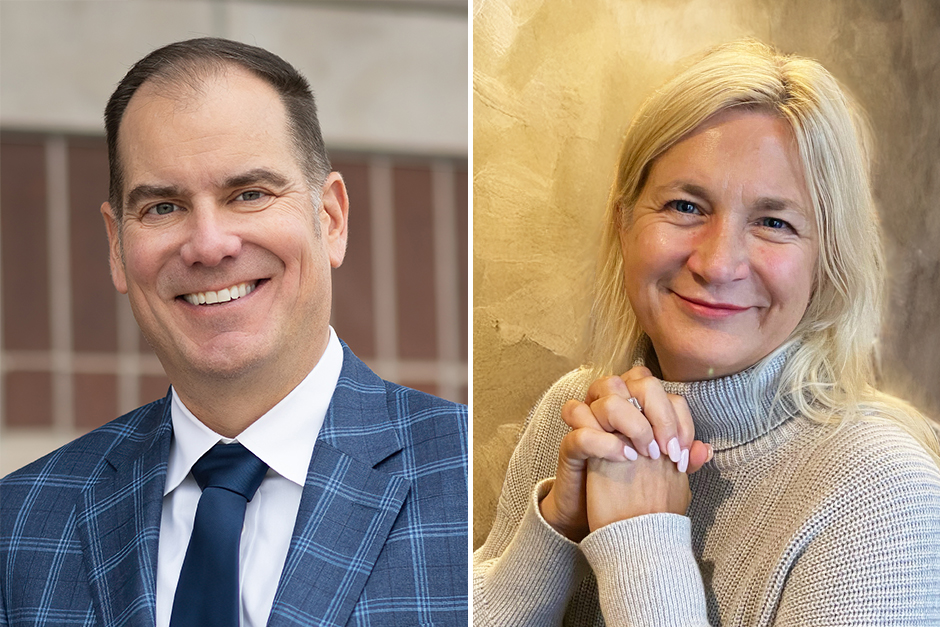Notable STEM alumni
Pam Johnson ’94: Engineer builds satellites, human connections
John Vaver ’89: Liberal arts set Vaver on path to Google
Nakyda Dean ’08: From first-gen to OB-GYN
Sarah Gilliland Korth ’11 and Luke Korth ’12: E-commerce drives couples STEM careers
Joyce Guzik ’82: Love of math led to nuclear forensics
11 additional notable STEM alumni, from Internet pioneer to astronaut-turned doctor:

Scientist of the Year
Tahllee Baynard ’97 received national recognition in 2012 when he was named Scientist of the Year by US Black Engineer Magazine. He is senior manager at Lockheed Martin’s Optical Payload Center of Excellence located in Sunnyvale, California. He recently supported instrument development for NASA’s OSIRIS-REx asteroid return mission that launched in 2016.
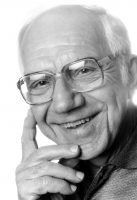
Internet pioneer
Leo Beranek ’36 was an acoustics designer and internet pioneer whom the New York Times called “a sought-after acoustics genius” in his 2016 obituary. He taught acoustic engineering at Harvard and M.I.T. for more than 30 years, wrote a widely used acoustics textbook, and conducted research that led to standards used internationally today for public buildings and airports. Bolt, Beranek & Newman designed the acoustics for the United Nations and for concert halls at Lincoln Center and Tanglewood. They also built the direct precursor to the internet for the Defense Department.
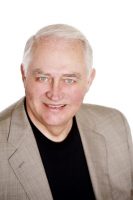
Biotech entrepreneur
Chris Christoffersen ’59, past president of Colorado State University, left academia to head drug discovery at The Upjohn Company and subsequently at SmithKline Beecham, before landing at Ribozyme Pharmaceuticals as CEO. He now focuses on new biotechnology investments at Morgenthaler Ventures. He and his wife, Barbara, made a leadership gift to the science facilities project and established the William Deskin Chair in Chemistry in honor of his Cornell professor and mentor.
Surgeon and humanitarian
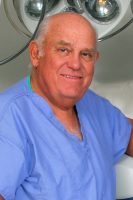
Lawrence D. Dorr ’63 is a world leader in the field of joint replacement of the hip and knee. His research has aided in the design of widely used orthopedic implants, as well as small incisions and the use of computer navigation for total hip replacement. He is past president of the Knee Society, the Hip Society, and the American Association of Hip and Knee Surgeons. Dorr founded Operation Walk, which provides free hip and knee replacements worldwide. Over 30 Cornell students have participated in Operation Walk through a Cornell program Dorr conceived of and provided initial funding for, the Dimensions Program for Health Professions.
Radar pioneer
Lee DuBridge ’22 was an internationally known physicist who helped develop radar in World War II as head of the radiation laboratory established at the Massachusetts Institute of Technology by the National Defense Research Committee. Dubridge was president of Caltech from 1946 until 1969, when President Nixon appointed him White House science adviser.
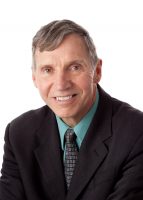
Astronaut turned doctor
David Hilmers ’72 flew on four space shuttle missions as a NASA astronaut and is now a physician and professor at Baylor College of Medicine in Houston. He devotes much of his time to international and local disaster relief and has worked with international research agencies including the United Nations and the Centers for Disease Control. He is also involved in the selection and evaluation of biomedical equipment and countermeasures for long-term, manned space flight and has been an advisor to the National Space Biomedical Research Institute for the past 20 years.
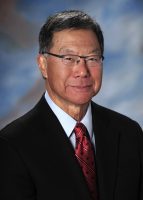
Cardiothoracic leader
Loren Hiratzka ’66 is a cardiothoracic surgeon whose leadership on over 30 national committees helped develop evidence-based guidelines for medicine and surgery, guiding doctors’ efforts to reduce cardiovascular disease and improve the heart health of Americans. Early in his career he was part of the team that performed the first heart transplant in Iowa. Hiratzka is a Cornell Trustee and has given a generous gift to the college’s science facilities project.
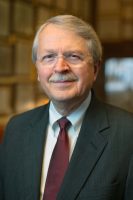
Cancer researcher
James Ingle ’66 is an internationally recognized breast cancer expert and a professor of oncology at the Mayo Clinic. Although retired from clinical practice, he continues to be a leader in translational research in breast cancer with grant funding from the National Cancer Institute. His research has had a significant impact on clinical practice, first with tamoxifen and then with aromatase inhibitors, the two major endocrine therapies in breast cancer. His research in pharmacogenomics is central to developing precision medicine in which the right dose of the right drug is given to the right patient.
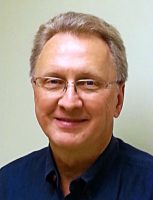
Migraine researcher
Richard Kraig ’71 is an expert in migraine patient care, migraine research, and cerebrovascular disease research. He oversees the University of Chicago’s Cerebrovascular Disease and Aging Laboratories, which focus on migraine, stroke, epilepsy, and cognitive decline from aging. Since 2007 eight Cornell students have conducted research with Kraig, investigating how physical, mental, and social activities can lessen the impact of neurological disease. His research has led to the creation of a new company, Seurat Therapeutics Inc., which is developing a novel nasal spray for migraines. He has another company in the wings.
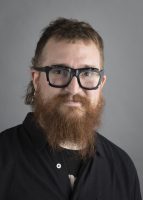
Tech leader-pioneer
Harper Reed ’01 helped pioneer the business model of crowdsourcing as chief technology officer for Threadless. He then gained national attention for helping to secure the re-election of Barack Obama in 2012 as his chief technology officer. He is now PayPalÕs entrepreneur-in-residence for the Next Generation Commerce Team and describes his work as “building paradigm-shifting technology and leading others to do the same.” Reed is a Cornell Trustee.
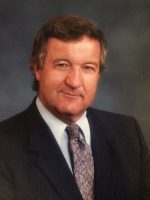
Medical visionary
Robert Replogle ’56 was a nationally recognized specialist in congenital and open-heart surgery at the University of Chicago, followed by leadership positions at Michael Reese, Ingalls, and Columbus hospitals. His impact was international as he lectured worldwide and was one of the first members of the Society of Thoracic Surgeons, which he later led as president. Replogle was a key player in developing a national database to track variations in surgical mortality and negotiate reimbursement from government and private payers.



